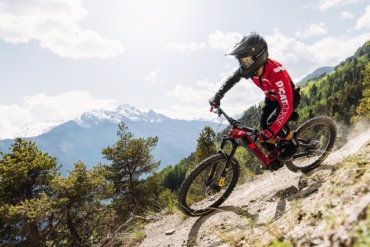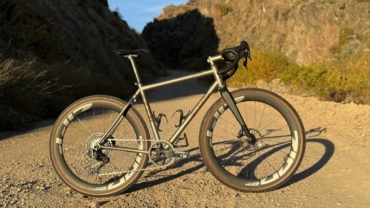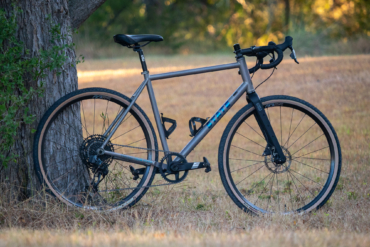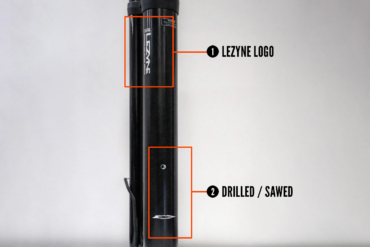With tires that are nearly 4 inches wide — twice the width found on most mountain bikes — adventure bikes have better float in snow and sand. They are made to carry a load on racks and in panniers for cyclists heading into the wilderness.
To save weight and reduce costs, Surly Bikes (www.surlybikes.com) and Evingson Cycle, the two companies most involved in adventure bikes, do not recommend suspension on most models, as the ballooned tires can absorb up to 2.5 inches upon contact of a bump or protruding stone in the trail.

The large tires, oversize rims and sturdy frames make most adventure bikes several pounds heavier than a similar size mountain bike. The fat tires also force companies to use a wider bottom bracket on most models, which results in a wider pedal stance that I found uncomfortable in the knees after riding about 50 miles during the Arrowhead 135 Ultramarathon.
Surly Bikes’ Pugsley frame and fork sell together for $575; the accompanying Endomorph tires and Large Marge rims cost about $500 for the set. Add in the other components and a complete Pugsley bike will run about $2,000. The company does not sell direct, but orders can be made from the hundreds of bike shops around the country that do business Surly Bikes’ parent corporation, Quality Bicycle Products Inc.
Evingson Cycle, a small custom shop, sells its Voyageur adventure bike for $1,800 to $3,000, depending on the wheels, racks, gears and components. Unlike Surly Bikes, Evingson Cycle offers models with normal-width bottom brackets (73mm bottom bracket shell). Some models accept 29-inch mountain bike tires as well as the fatties, letting you switch wheels for the conditions of the day.
My experience with these bikes has been mixed. Though the fat tires do provide some float in sand and snow, they are heavy and noticeably harder to pedal. In conditions where a regular mountain bike will not work — like loose beach sand or a blanket of 4 to 6 inches of snow — an adventure bike can excel. But in most situations I found them to offer no advantage.
During the Arrowhead 135 Ultramarathon, which took place on a snowmobile trail with sections of hard pack as well as soft snow, nearly half the cyclists rode adventure bikes. But the winner, who beat the closest competitor by more than four hours, rode a mountain bike with 2.5-inch tires. The second and third place finishers, to be fair, rode adventure bikes.
I took ninth place in the event riding an adventure bike made by Evingson Cycle. It was equipped with custom racks to stow my 15 pounds of food, water and winter camping gear. The weight was evenly distributed on the bike and it rolled along smoothly for hours on end. But for most of the race the large tires were superfluous, and indeed in those conditions I found them to be more work to pedal than they were worth.






